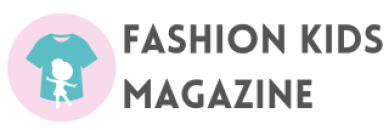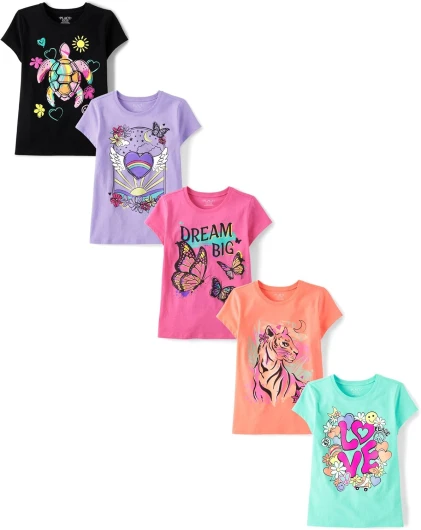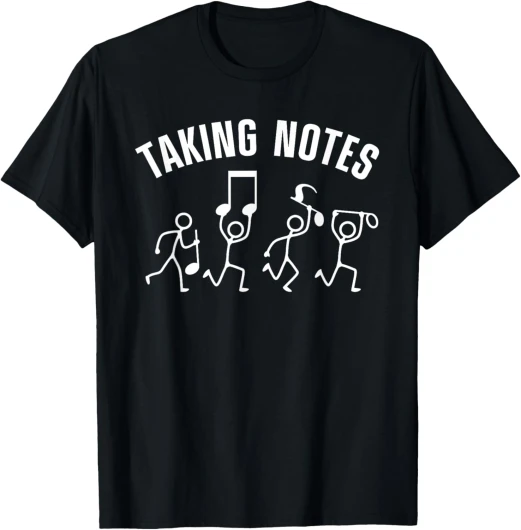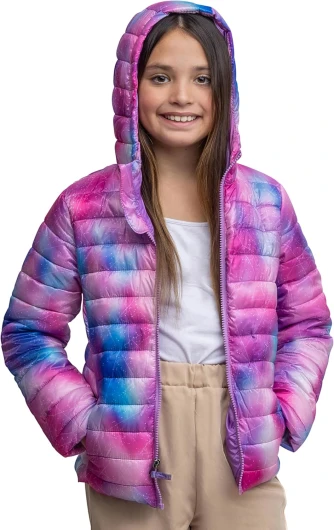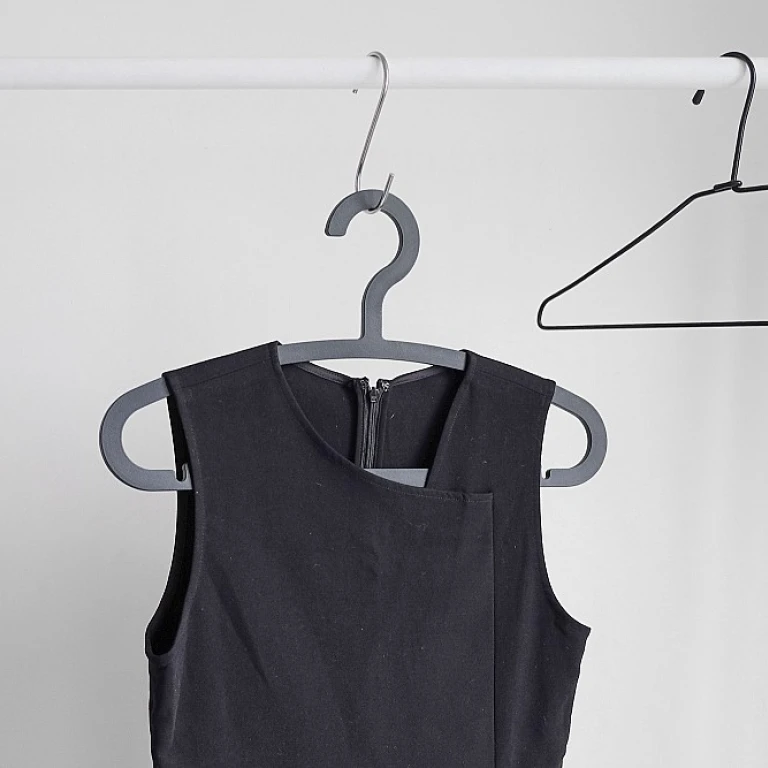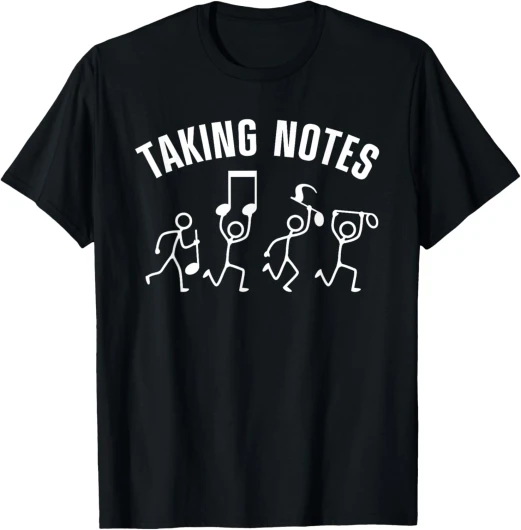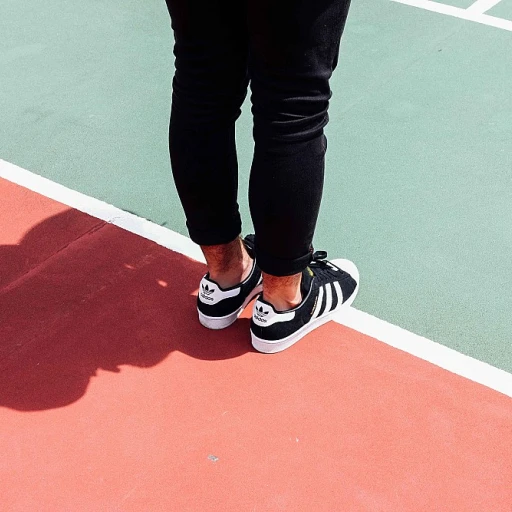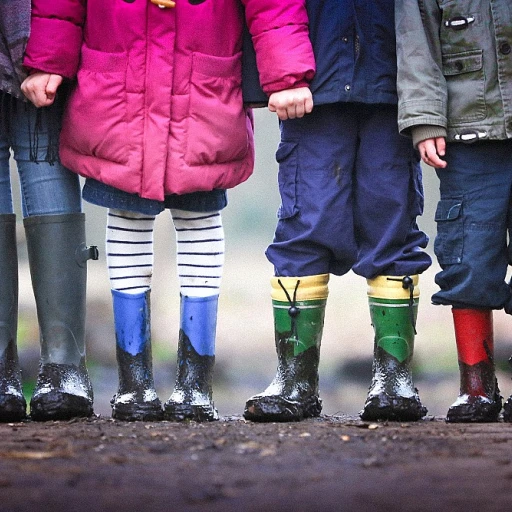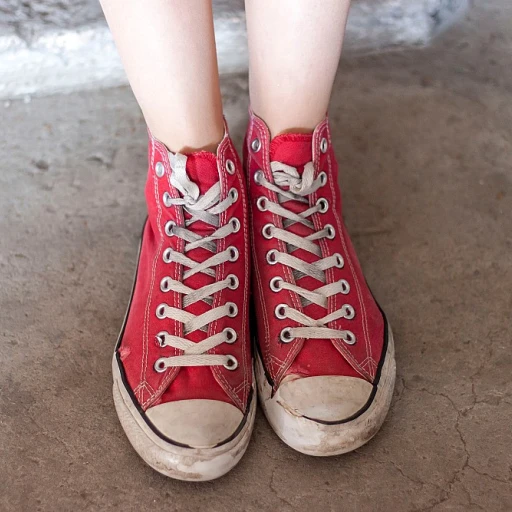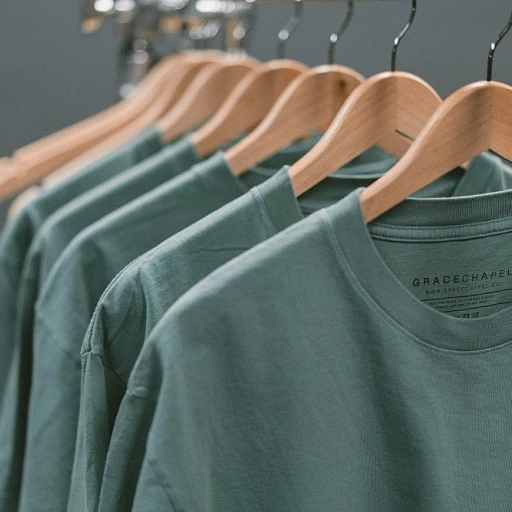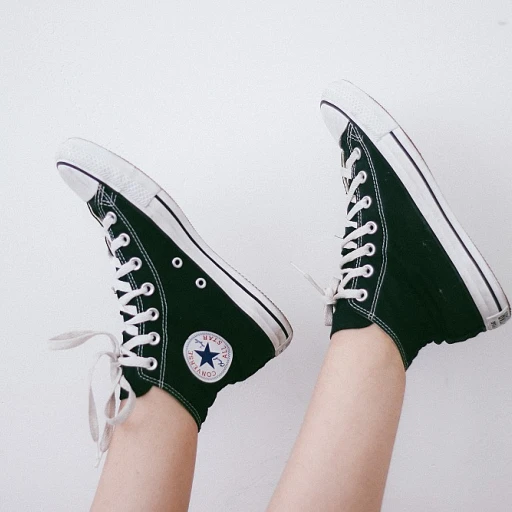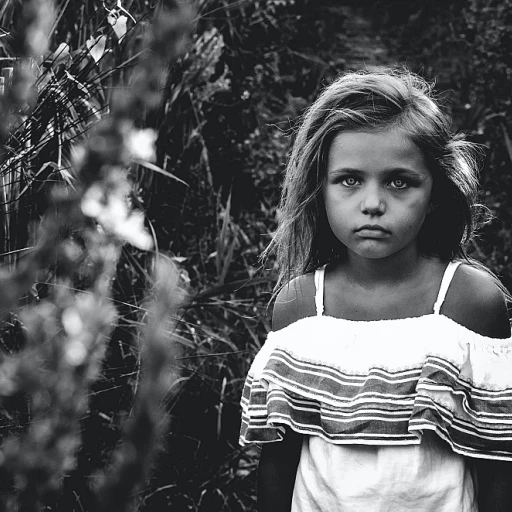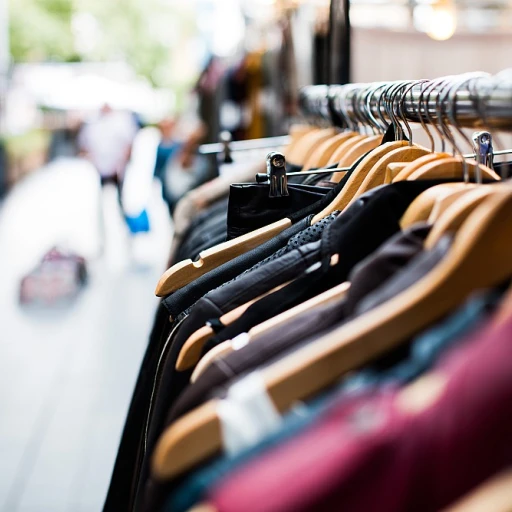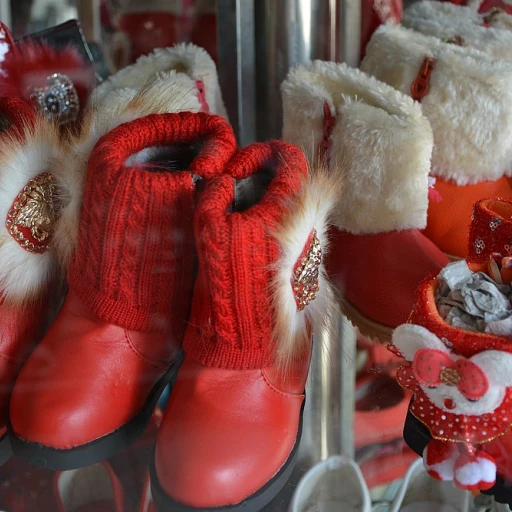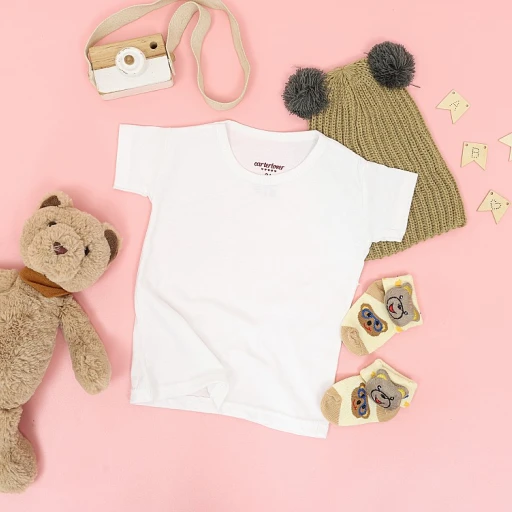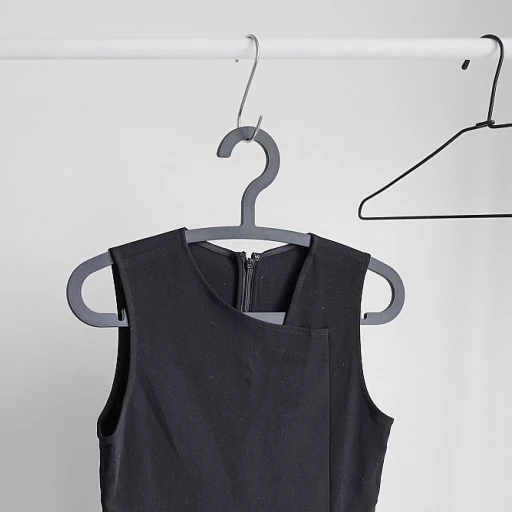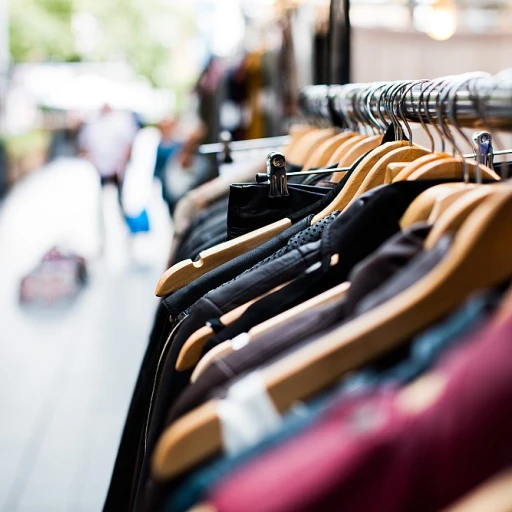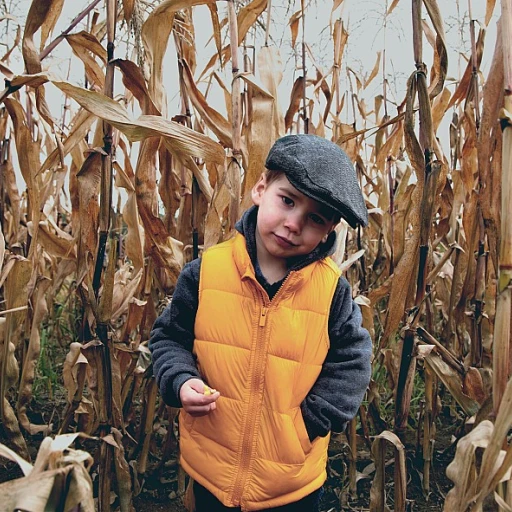
The Rise of Musician Collaborations in Kids Fashion
Musicians and Kids Fashion: A Harmonious Blend
The fusion of music and fashion has long captivated audiences, creating an enchanting allure that extends to kids' wardrobes. In the world of fashion collaborations, musicians have carved out a niche, propelling brands to explore new creative territories. This amalgamation isn't just about aesthetics; it intertwines music's emotive power with the dynamic world of children's clothing, setting the stage for unique fashion collaborations. As artists continue to diversify their portfolios, stepping into the kids' fashion industry has become a strategic move. The vibrant appeal of music extends seamlessly into fashion, capturing the imagination of young fans. Trend-savvy parents are increasingly drawn to collections that reflect their musical tastes, further fueling the demand for such collaborations. Musician-brand partnerships in kids' fashion are not just about slapping a face on a t-shirt. These collaborations spawn unique experiences, where fashion becomes a canvas for musical storytelling. Think limited edition collections coinciding with music festivals or launches that celebrate new albums. This creates a win-win scenario—brands gain unprecedented reach through the musician's fanbase, while artists explore new creative expressions. Social media plays an invaluable role in these partnerships by enhancing visibility. Platforms like Instagram and TikTok serve as launchpads for collaborative projects, directly engaging both music and fashion enthusiasts. In fact, the impact of social media and streaming platforms has only accelerated the fusion of music and fashion, creating a digital fashion phenomenon among young audiences. However, the road isn't without its challenges. Intellectual property rights and the need for authenticity often spark debates. Still, the future of musician collaborations in kids fashion remains optimistic. As digital landscapes evolve, potential avenues such as virtual reality and digital fashion stand ready to redefine these partnerships. Curious to learn more about the transformation of children's fashion through exclusive designer collaborations? Discover further insights here.Why Musicians are Turning to Kids Fashion
The Growing Connection Between Musicians and Brands
The music industry has seen a dynamic shift with artists exploring new avenues beyond their traditional roles as performers. One such exciting venture is their increasing involvement in children's fashion. Music and fashion have long intertwined, and this blend now extends its influence to the vibrant world of kids' apparel. Artists are leveraging their music royalty status and social media presence to create impactful brand partnerships. This marketing strategy helps artists connect with a younger audience, giving them an additional platform to showcase their creativity through collaborations. A prime example of this trend is fashion brands tapping into the influence of artists to enhance their brand appeal. These partnerships often lead to limited edition collections, creating a sense of exclusivity and excitement among fans and consumers alike. Moreover, social media plays a crucial role in these partnerships. Artists bring their unique style and significant follower base into brand collaborations, significantly boosting marketing efforts on platforms like Instagram and TikTok. Through digital fashion and virtual reality experiences, the reach of these collaborations extends even further, offering fans immersive ways to engage with both music and fashion. As explored in this detailed analysis, such partnerships are not just marketing gimmicks but valuable experiences that influence trends and reshape the industry in the long term. These collaborations promise to keep evolving, setting the stage for an intriguing future in kids' fashion.Popular Musician-Brand Partnerships
Noteworthy Collaborations Shaping Kids Fashion
The world of music and fashion is ever-evolving, and kids fashion is no exception. Recent artist-brand partnerships have left an indelible mark on the industry, demonstrating how these collaborations can creatively influence the market. From limited edition pieces to digital fashion experiences, these partnerships are reshaping how we perceive children’s apparel. One exemplary partnership that stood out involved a renowned fashion brand and popular artists leveraging their social media presence to create buzz around exclusive collections. These collaborations often result in unique designs that resonate with young fans, turning fashion into a form of self-expression. With the rise of streaming platforms and music videos as dominant forces in the music industry, artists have found new opportunities to integrate their personal brand with fashion. Music festivals offer another avenue for showcasing these collaborative efforts, often leading to a surge in trendy items that kids are eager to wear. Tommy Hilfiger, known for tapping into music royalty, has been a front-runner in the collaboration game. By capitalizing on these partnerships, they’ve successfully introduced pieces that not only highlight fashion but also celebrate music culture. As we look to the future, it's clear that these collaborations will continue to gain traction, setting future music and fashion trends. With the integration of virtual reality and other innovative technologies, the potential for creating immersive brand experiences is limitless. These partnerships not only drive sales but also expand the brand's reach to new audiences, illustrating the power of creative collaboration in kids fashion. For a closer look at some unique and charming collaborations, consider exploring the charm of Atelier Choux swaddles, which brilliantly combine artistic designs with practical uses.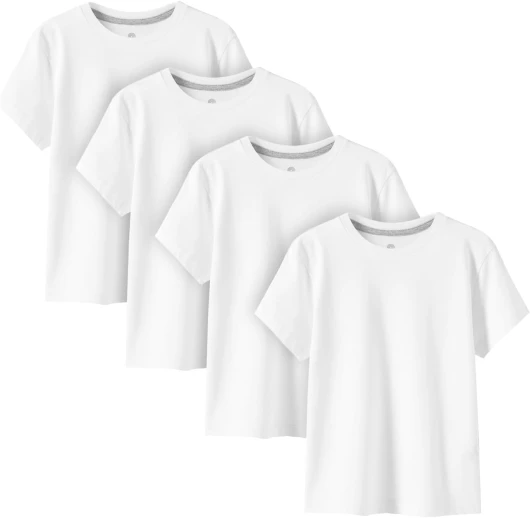
- + 100% Cotton - Soft and comfortable fabric
- + 4 Pack - Great value for multiple shirts
- + Unisex Design - Suitable for both boys and girls
- + Short Sleeve - Perfect for summer wear
- + Plain Top - Versatile for various outfits
Impact on Kids Fashion Trends
Influence on Children's Fashion Scene
The infusion of music into children's fashion has brought an exhilarating transformation. As musicians partner with brands, they're creating limited edition collections that not only mirror their unique musical artistry but also cater to the growing demand for expressive, trend-forward attire in the children's apparel industry. Music festivals, streaming platforms, and virtual reality experiences expand the visibility of these partnerships, making them highly sought after by young fans and their parents alike.Driving Forces: Social Media and Music Videos
Social media plays a significant role in shaping how these collaborations impact trends. Platforms like Instagram and TikTok are essential for promoting new collections where artists—alongside the brands—showcase their fashion vision through music videos and other digital content. As a result, fans of the artists are captivated not only by the music but by the fashion statements these collaborations create.Creating Long-Lasting Impressions
Music brand partnerships in kids fashion encourage a growing interest in digital fashion and intellectual property, often creating a synergy that appeals to a youth audience. This has moved the industry towards more innovative marketing strategies, aligning with the future of children's fashion where brand collaborations are expected to remain a staple. As music royalty finds its way into fashion, brands like Tommy Hilfiger use these collaborations to redefine what children’s clothing can mean for their consumers. The fusion of artist brand influences will continue to inspire the fashion landscape, setting new trends that leave lasting impressions.Challenges in Musician Collaborations
Overcoming Hurdles in Music and Fashion Collaborations
While the fusion of music and kids fashion has created exciting opportunities, it also presents unique challenges. One of the primary hurdles is aligning the creative visions of both the music artists and fashion brands. Artists often have a distinct style and message they wish to convey, which may not always align with the brand's identity or marketing strategy. This can lead to conflicts in the partnership, requiring careful negotiation and compromise.
Another significant challenge is managing intellectual property rights. When musicians collaborate with fashion brands, issues can arise over the use of music, logos, and other creative elements. Ensuring that both parties have clear agreements on these aspects is crucial to avoid legal disputes and maintain a harmonious partnership.
The fast-paced nature of both the music and fashion industries can also pose difficulties. Trends in both sectors change rapidly, and what is popular today might not be tomorrow. This requires collaborations to be agile and adaptable, often pushing brands and artists to innovate continuously. Limited edition releases and digital fashion experiences are some ways they try to stay ahead of the curve.
Social media and marketing strategies play a critical role in the success of these collaborations. However, navigating the vast landscape of social media can be daunting. Brands and artists must effectively engage with their audience, leveraging platforms like streaming services and music videos to create buzz and maintain relevance.
Despite these challenges, the potential for creating memorable and impactful experiences keeps the momentum going. As the industry evolves, future collaborations will likely become more sophisticated, integrating technologies like virtual reality to offer fans immersive experiences. The key to overcoming these challenges lies in open communication, mutual respect, and a shared vision for the future of music and kids fashion.
